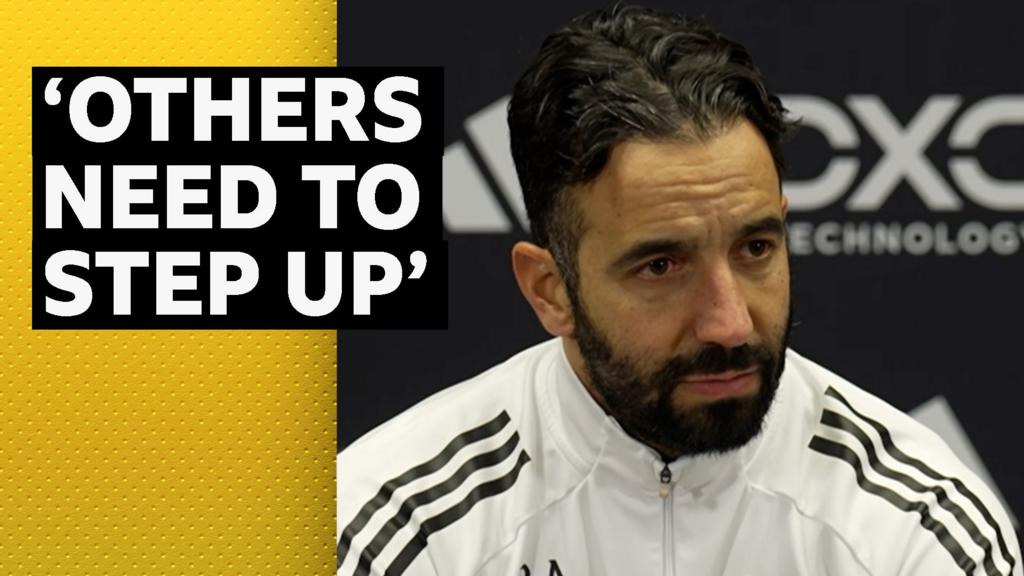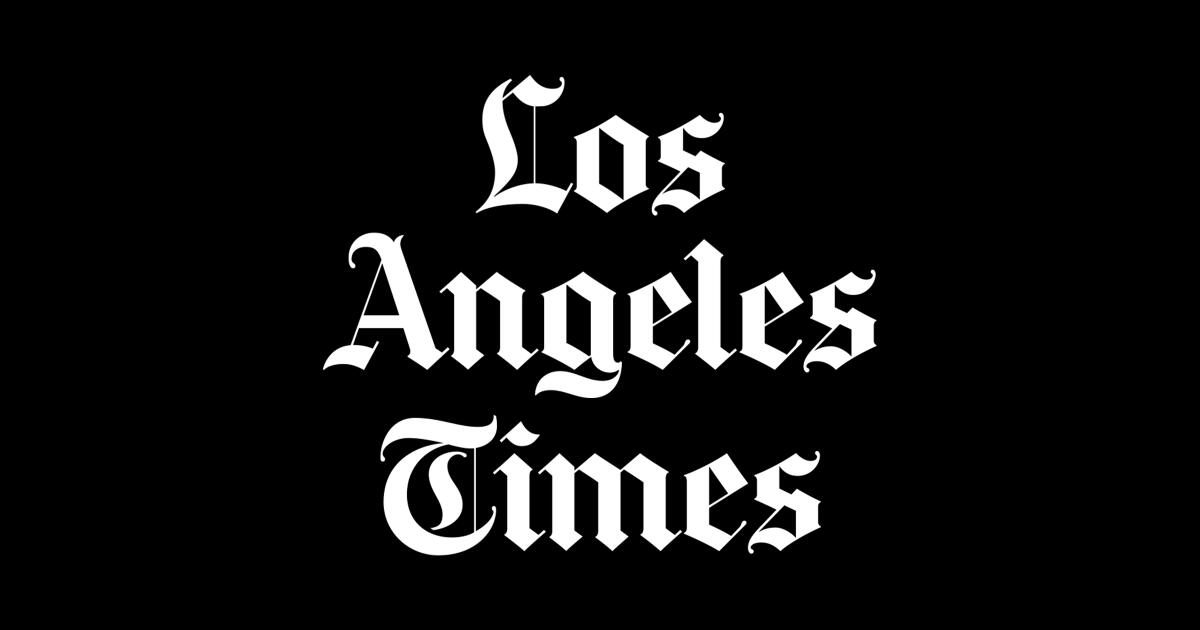New research has revealed the most sought-after postcodes in the UK, with homes in Wiltshire, South Glasgow and Wales typically selling in under a week, over 30 days faster than the average.
Scattered across the UK are numerous delightful locations, but there are 10 that have been named the nation’s most coveted postcodes. The areas are so desirable that properties are snapped up almost instantly.
To determine Britain’s most desirable postcodes, researchers examined housing competition, security and crime statistics, education standards, and job prospects to compile a comprehensive desirability ranking. The study, carried out by Origin, identified the top 10 postcodes that demonstrated well-rounded performance across all assessed criteria.
The findings revealed that SP9 in Tidworth, Wiltshire, emerged as the most desirable postcode throughout England, Scotland and Wales. The picturesque town, featuring an attractive high street, sits amid rolling countryside, with Salisbury Plain and the River Bourne close by, offering that classic English charm.
Homes in Tidworth are typically on the market for a fleeting 2.5 days before being snapped up, selling at a rate 15 times quicker than the national average of 38 days. It also prides itself on a low crime rate, with only 35.1 incidents per 1,000 inhabitants, and is home to first-rate local schools, with an impressive 89% achieving a “Good” or “Outstanding” rating.
The second most popular location was GU46 in Yateley, Hampshire, with properties in the town typically staying on the market for just 3.5 days before a “sold” sign is fixed on the lawn. The area boasts a low crime rate, 32.5 incidents per 1,000 residents, an array of top-notch schools, and convenient commuter links to London and other major cities.
Coming in third is G44 in South Glasgow, where properties are typically sold in under five days. The area boasts a strong job market, a low crime rate, excellent schools, and vast green spaces, including Queen’s Park and Pollok Country Park, making it an attractive destination for families, professionals, and students alike.
The CA27 North West village of St Bees is another postcode in high demand, with homes selling in an average of 2.8 days. With a crime rate more than 50% lower than the national average, it’s also one of the safest areas in the UK.
St Bees’ education standards are also above par, with 92% of schools achieving a “Good” or “Outstanding” rating. Its countryside setting has an allure that suits those seeking a quieter way of life, particularly for those who work remotely.
Elsewhere on the list, Origin found that properties in LL78, in the Isle of Anglesey, typically sell within a week, which is over 30 days faster than the UK average. This postcode shares the same low crime rate as St Bees, 30.2 incidents per 1,000 residents, and excels in education.
Moreover, its dramatic landscapes, idyllic beaches, and the historic UNESCO site of Caernarfon Castle, just a stone’s throw away, make this postcode the most sought-after in Wales.
Victoria Brocklesby, COO at Origin, commented: “At its heart, a home is an investment in quality of life, and there are so many factors that contribute to making a property desirable, from the local community to the quality of the schools.
“Having helped homeowners elevate their properties for over 20 years, we also know that a beautiful home with a high-quality finish is equally as important to buyers. All the areas in the list boast a host of incredible properties, from idyllic country residences to ultra-modern luxury apartments, making them the perfect locations for those seeking their dream home.”
Top 10 most desirable postcodes:
- SP9 – Tidworth, Wiltshire
- GU46 – Yateley, Hampshire
- G44 – Southside, South Glasgow
- CA27 – St Bees, West Cumbria
- LL78 – Isle of Anglesey, Wales
- CF44 – Aberdare, Wales
- SE2 – Abbey Wood, South East London
- SW6 – Fulham, Greater London
- S10 – Broomhill and Crookes, South Yorkshire
- NE6 – Walker and Byker, Tyne and Wear
Do you have a travel story to share? Email webtravel@reachplc.com



